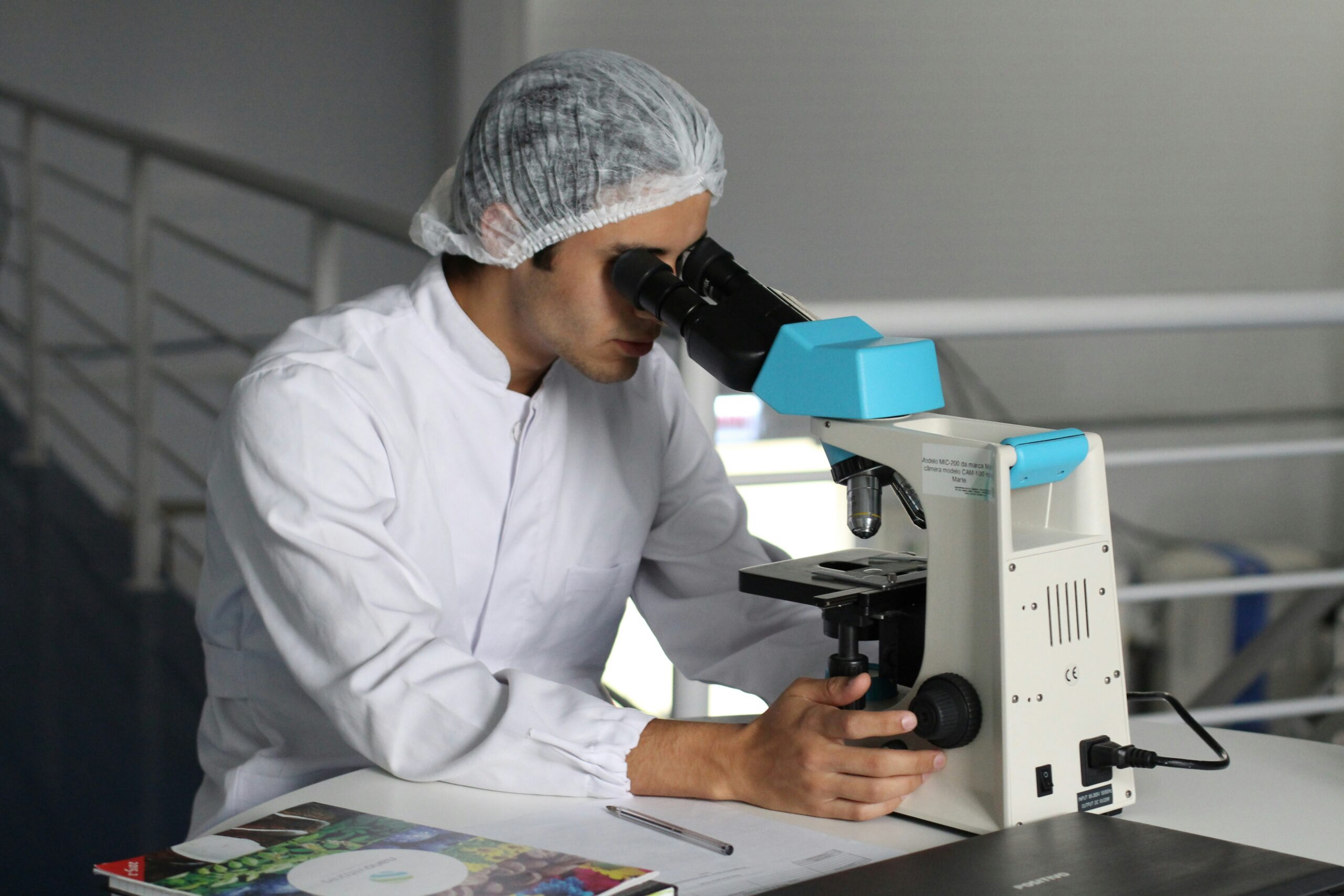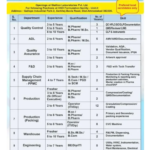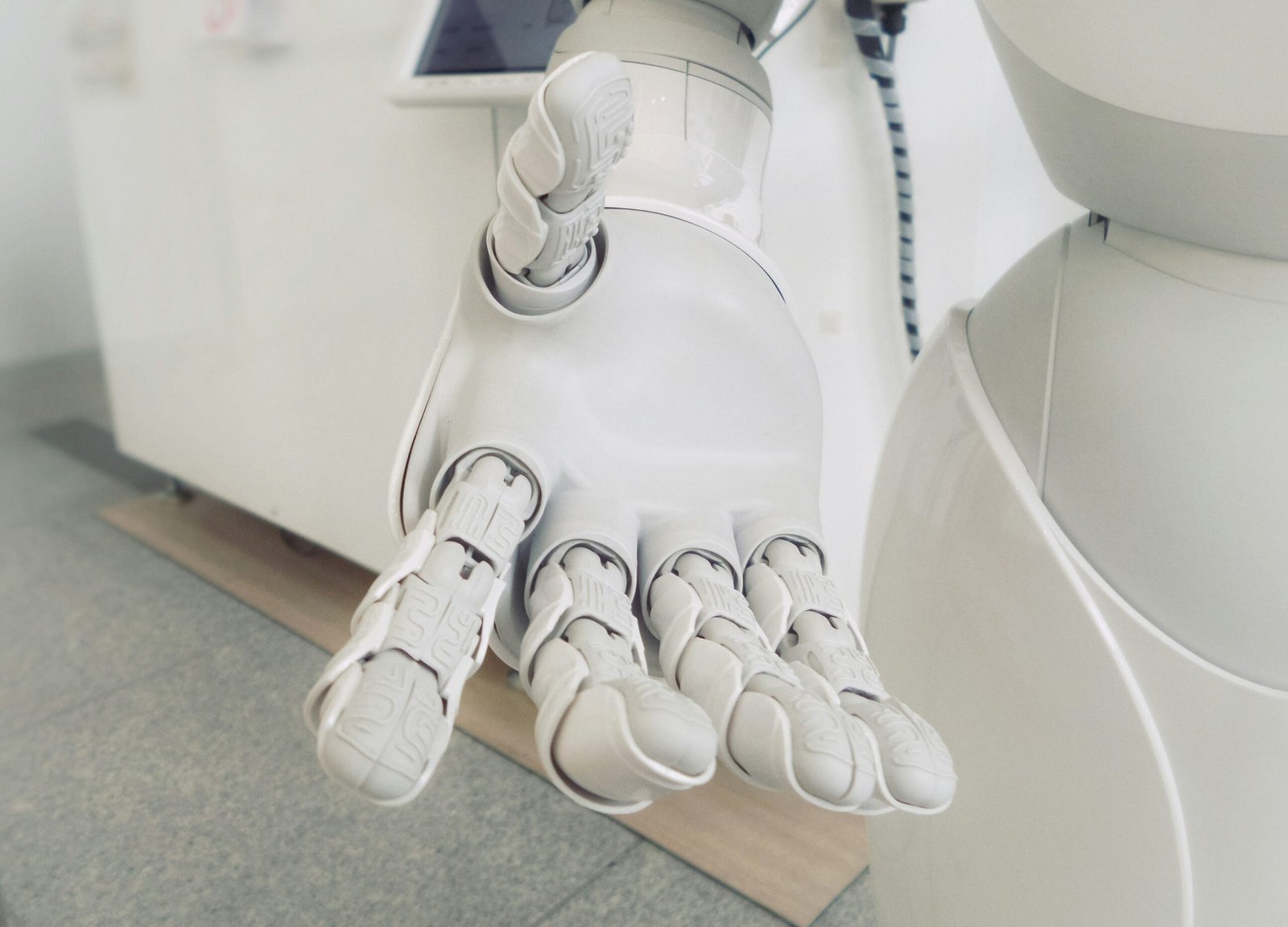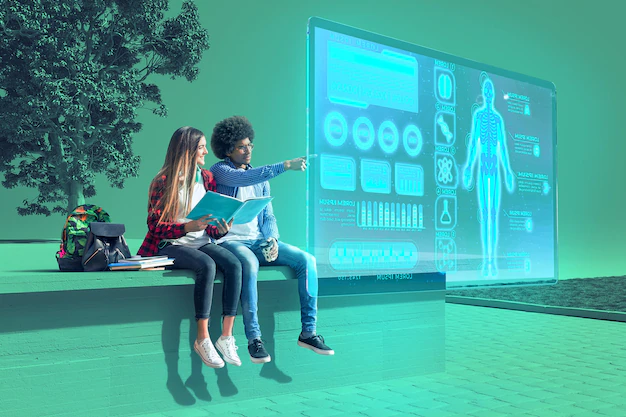
Introduction to Medical Robotics
In recent years, medical robotics has ascended from a futuristic curiosity to a crucial component in the healthcare sector. The term “medical robotics” encompasses many robotic systems designed for use in medical environments. These robots are increasingly being integrated into various medical procedures to enhance precision, reduce operation times, and improve overall patient outcomes. From intricate surgical tasks to repetitive and labor-intensive rehabilitation exercises, the role of robotics in medicine is expanding rapidly.
The integration of robotics technology into medical procedures has been driven by the need for greater accuracy and control during operations. Traditional surgical methods, while effective, are often limited by human physical capabilities. Medical robots, equipped with advanced sensors and algorithms, can perform minute, complex movements far beyond human ability, minimizing the risk of errors and improving the success rates of surgeries. This high degree of precision is particularly beneficial in minimally invasive procedures, where robotic systems can operate through tiny incisions, leading to faster recovery times and reduced post-operative complications.
Moreover, medical robotics is not confined to the operating room. Robotic systems are being employed in rehabilitation to assist patients in regaining mobility and function after injury or surgery. These advanced systems can adapt to the patient’s progress in real time, providing tailored support that enhances the efficiency and efficacy of rehabilitation programs. By consistently delivering precise, repetitive motions, rehabilitation robots help ensure that patients receive the optimal level of therapeutic exercise needed for recovery.
As the field of medical robotics continues to evolve, the potential benefits for the healthcare sector grow concurrently. The continuous advancement and integration of robotic technologies promise a future where medical procedures are safer, more efficient, and more effective. The revolutionary impact of medical robotics is evident, marking a significant leap forward in the quest to improve patient care and treatment outcomes.
Historical Development and Milestones
The journey of medical robotics is marked by profound milestones that have continually pushed the boundaries of healthcare. The inception of medical robotics can be traced back to the early 1980s when the first robotic surgical assistance was introduced. One of the pioneering systems was the PUMA 560, an industrial robotic arm repurposed for stereotactic brain biopsies. This marked a significant leap, showcasing the transformative potential of robotics in medical procedures.
In the late 1980s and early 1990s, advancements continued with the PROBOT and ROBODOC systems, designed for prostate surgery and hip replacement procedures, respectively. These systems demonstrated the precision and consistency that robotic assistance could bring to complex surgical tasks, laying the foundation for future developments. Their ability to perform repetitive and intricate tasks without fatigue revolutionized surgical methodologies and heightened the accuracy of medical interventions.
The introduction of the Da Vinci Surgical System in 2000 by Intuitive Surgical was a watershed moment in the history of medical robotics. This sophisticated system provided surgeons with enhanced visualization, superior dexterity, and greater precision through minimally invasive surgery. By enabling surgeons to operate from a console with 3D high-definition vision and wristed instruments, the Da Vinci system minimized the patient’s recovery time and reduced complications.
In recent years, the evolution of medical robotics has accelerated, driven by advancements in artificial intelligence, machine learning, and miniaturization of robotic components. The development of soft robotics and robotic exoskeletons has significantly impacted the field of rehabilitation. Robotic-assisted rehabilitation devices are now capable of providing personalized therapy, aiding patients in regaining mobility and strength post-injury or surgery.
These historical milestones underline the trajectory of innovation within medical robotics, continually aiming to improve patient outcomes and streamline healthcare delivery. The evolution from rudimentary robotic aids to highly sophisticated systems underscores the relentless pursuit of technological excellence in transforming surgeries and rehabilitation therapies.
“`HTML
Robotic-Assisted Surgeries: Types and Benefits
Robotic-assisted surgeries have revolutionized the field of medical robotics, offering several cutting-edge techniques that enhance precision and improve patient outcomes. These surgeries utilize advanced robotic systems to assist surgeons in conducting complex procedures with greater accuracy. Among the notable types of robotic-assisted surgeries are laparoscopic surgery, orthopedic surgery, and neurosurgery.
Laparoscopic Robotic-Assisted Surgery
One of the most prevalent forms is laparoscopic robotic-assisted surgery. This technique involves the use of a robotic system to perform minimally invasive procedures, typically in the abdominal area. The robotic system allows for greater precision and control, enabling surgeons to make smaller incisions. Consequently, patients benefit from reduced pain, minimal scarring, and faster recovery times.
Orthopedic Robotic-Assisted Surgery
In orthopedic surgeries, robotic systems have improved the accuracy of bone cutting, implant positioning, and soft tissue balancing. These advancements are particularly beneficial in joint replacement surgeries, such as knee and hip replacements, where precision is paramount. The use of robotic systems results in better implant alignment and ultimately extends the lifespan of the joint replacement, leading to improved patient satisfaction.
Neurosurgery with Robotic Assistance
Neurosurgery is another area where robotic-assisted systems have made significant strides. These systems provide unmatched accuracy in navigating the complex and sensitive structures of the brain and spinal cord. Surgeons can perform intricate procedures with reduced risk of complications, enhancing patient safety. This high level of precision also translates to shorter hospital stays and quicker recovery periods for patients undergoing neurosurgical procedures.
The overarching benefits of robotic-assisted surgeries are manifold. Patients typically experience less postoperative pain, decreased risk of infection, and reduced blood loss during surgery. Additionally, the minimally invasive nature of these procedures results in shorter hospital stays and faster recovery times, enabling patients to return to their daily activities more quickly. As technology continues to advance, the scope and effectiveness of robotic-assisted surgeries are expected to expand, further transforming the landscape of surgical care.
“`
Case Studies: Successful Robotic Surgeries
Robotic-assisted surgeries have marked a significant revolution in the medical field, offering precise and minimally invasive options for patients. One noteworthy case involves Mr. John Doe, a 55-year-old patient diagnosed with prostate cancer. Undergoing a robotic-assisted prostatectomy, Mr. Doe experienced a faster recovery and less postoperative pain compared to traditional surgery methods. “The recovery was swift, and I was back to my normal life sooner than I had anticipated,” Mr. Doe stated, highlighting the patient-centered benefits of robotic technology.
From the surgeon’s perspective, Dr. Jane Smith, a leading robotic surgeon, emphasized the enhanced precision and flexibility that robotic systems provide. “The robotic arm’s range of motion surpasses that of the human hand, allowing for greater accuracy and reduced trauma to surrounding tissues,” Dr. Smith explained. The enhanced visualization offered by the robotic system’s 3D cameras also improves surgical outcomes by providing high-definition views of the surgical sites.
Statistical outcomes further underline the success of robotic surgeries. A study conducted at the University Hospital indicated that patients who underwent robotic-assisted surgeries had a shorter hospital stay, averaging 2.5 days compared to 4.6 days for those who had traditional surgeries. The complication rates were also notably lower, with infections reduced by 30% and bleeding complications by 25%.
Another compelling case study involves Mrs. Emily Clark, who opted for a robotic-assisted hysterectomy to address severe endometriosis. Post-surgery, Mrs. Clark reported minimal scarring and a quick return to her daily activities. “The difference was remarkable; I was able to resume normal activities within a week,” she shared. Surgeons in this case noted the robotic system’s ability to navigate complex pelvic anatomy effectively, which significantly contributed to the positive outcome.
These real-world examples from both patients and surgeons present a compelling case for the transformative impact of robotic-assisted surgeries. As robotic technology continues to advance, it promises to further refine surgical precision, reduce recovery times, and potentially revolutionize future medical procedures.
Advancements in Rehabilitation Robotics
In the realm of patient rehabilitation, robotics has emerged as a game-changer, offering advanced technological solutions to aid recovery. Rehabilitation robots are increasingly being utilized to assist patients in overcoming physical limitations post-stroke, injury, or surgery. These devices aren’t merely tools for physical assistance; they also incorporate sophisticated software to tailor recovery programs to the individual needs of patients, thereby ensuring a more personalized and effective rehabilitation process.
One significant benefit of rehabilitation robotics is their ability to provide consistent, repeatable, and precise movements, which are crucial for the recovery of motor skills. These robots can guide patients through a range of exercises, adjusting resistance and intensity based on real-time feedback. This adaptability ensures that the patient can progressively regain strength and mobility in a controlled and safe environment.
Among the most notable advancements is the development of exoskeletons, which patients wear to support and enhance their movements. These devices can help individuals who have experienced severe spinal cord injuries or strokes to relearn walking, thereby significantly improving their quality of life. Similarly, robotic gloves designed to assist with hand therapy can help stroke survivors recover fine motor skills, enabling them to perform daily tasks such as holding utensils or writing.
Additionally, the integration of virtual reality (VR) with rehabilitation robotics is proving to be a revolutionary approach. VR environments can simulate real-world scenarios where patients can practice their motor skills in an engaging and immersive manner. The combination of VR and robotics can also provide detailed progress tracking, allowing therapists to adjust treatment plans iteratively based on accurate and comprehensive data.
The continuous evolution of rehabilitation robotics signifies a promising future where recovery times are reduced, and the effectiveness of rehabilitation is maximized. As these technologies become more sophisticated, they hold the potential to redefine therapeutic practices, making them more efficient and accessible.

Future Trends and Innovations in Medical Robotics
The landscape of medical robotics is evolving rapidly, with groundbreaking advancements and emerging trends shaping the future of healthcare. One critical area of innovation lies in the integration of artificial intelligence (AI). AI-driven robotic systems are enhancing precision in surgeries and diagnostics. By incorporating machine learning algorithms, these systems can analyze vast datasets, enabling them to identify patterns and predict outcomes with remarkable accuracy. This not only minimizes human error but also optimizes personalized treatment plans, improving patient outcomes significantly.
Another significant trend is the development of personalized robotic systems. Tailored to individual patient needs, these systems are designed to adapt and respond to unique physiological parameters. For instance, personalized surgical robots can adjust their techniques based on a patient’s specific anatomy, enhancing the efficacy and safety of complex procedures. In rehabilitation, personalized robotic assistants can provide customized therapy regimens, accelerating recovery times and improving overall patient satisfaction.
Wearable robotic devices are also poised to revolutionize the field. These devices, such as exoskeletons and robotic prosthetics, offer enhanced mobility and independence for patients with physical impairments. Integrating sensors and AI, wearable robots can provide real-time feedback, facilitating more responsive and adaptive support. This empowers patients by allowing them to perform daily activities with greater ease and confidence, thereby significantly improving their quality of life.
The potential impacts of these innovations on the healthcare landscape are profound. They represent a shift towards more efficient, accurate, and patient-centered care. Furthermore, the continued advancement of medical robotics could reduce healthcare costs by decreasing the length of hospital stays and lowering the incidence of complications. Ultimately, as these technologies become more accessible and refined, they promise to transform medical treatments, offering unprecedented opportunities for both patients and practitioners.
While medical robotics presents a wealth of opportunities for advancing healthcare, it is not without its challenges and limitations. One of the foremost challenges is the high cost associated with the development, acquisition, and maintenance of robotic systems. Advanced surgical robots, for instance, can cost millions of dollars, creating financial barriers for many healthcare institutions, particularly in underfunded regions. Such significant investments necessitate careful cost-benefit analyses to ensure that the benefits justify the expenditure.
Regulatory hurdles further complicate the deployment of medical robotics. The approval process for new robotic systems involves stringent testing and compliance with regulatory standards set by bodies such as the FDA in the United States or the EMA in Europe. This lengthy and complex process aims to ensure patient safety and efficacy but can delay the introduction of innovative technologies into clinical practice. Developers must navigate a labyrinth of policies and requirements, which can be both time-consuming and costly.
Technical complexities also pose significant challenges. Medical robots rely on sophisticated software and hardware integration, necessitating regular and meticulous maintenance. Any software glitch or mechanical failure could potentially lead to severe consequences during surgery. Thus, ensuring the reliability and precision of these systems is paramount. Additionally, the integration of robotics into existing healthcare infrastructures often requires significant IT support and infrastructure upgrades, further adding to the overall complexity.
The need for specialized training cannot be understated. Healthcare professionals must undergo comprehensive education and training to effectively operate and maintain robotic systems. This includes understanding the functionalities, troubleshooting minor issues, and mastering the interaction between human skills and robotic precision. The steep learning curve coupled with the ongoing need for continued education can strain resources and potentially slow the adoption rate of these advanced technologies.
In sum, the incorporation of robotics into healthcare is fraught with challenges including costs, regulatory hurdles, technical complexities, and specialized training requirements. These issues require multifaceted solutions that involve collaboration between technologists, healthcare providers, and regulatory bodies to ensure the sustainable integration of robotic systems into medical practice.
Conclusion: The Impact of Robotics on Healthcare
The integration of robotics into the realm of healthcare signifies a monumental shift in medical practices, particularly in surgeries and rehabilitation. Throughout this blog, we have delved into the myriad ways in which robotic technologies have transformed the operating room environment, providing unprecedented precision, reducing human error, and enhancing surgical outcomes. Notably, robotic surgery systems, such as the da Vinci Surgical System, have exemplified these advancements, giving surgeons enhanced dexterity and visualization that were previously unattainable with conventional techniques.
Rehabilitation processes have similarly benefitted from robotic innovations. Robotic-assisted rehabilitation devices have revolutionized the recovery trajectories for patients, enabling personalized therapy regimens that adapt to individual progress and needs. These devices, ranging from exoskeletons to robotic arms, facilitate more efficient rehabilitation, expedite recovery times, and significantly improve the quality of life for patients. The synergistic relationship between robotics and physiotherapy has ensured that rehabilitation is not merely about recovering function but also about optimizing patient outcomes through tailored care.
As we look ahead, the potential for continued innovation in medical robotics remains boundless. The convergence of artificial intelligence, machine learning, and advanced robotics promises an era where surgeries and rehabilitation can be further refined and enhanced. The ongoing evolution of these technologies will likely bring about even more sophisticated tools and techniques, paving the way for breakthroughs that can redefine healthcare standards globally.
In essence, the transformative impact of robotics on healthcare cannot be overstated. The advancements thus far have already redefined the landscape of medical practices, offering improved patient care and operational efficiency. The future of medical robotics holds the promise of continued advancements and innovations, shaping a new paradigm in healthcare that prioritizes precision, efficacy, and holistic patient well-being.
“AI in Healthcare: Transforming Patient Care”
5 INSTAGRAM ADVERTISING STRATEGIES
विटामिन B12 की कमी Vitamin B12 Deficiency: Symptoms, Causes & Treatment








